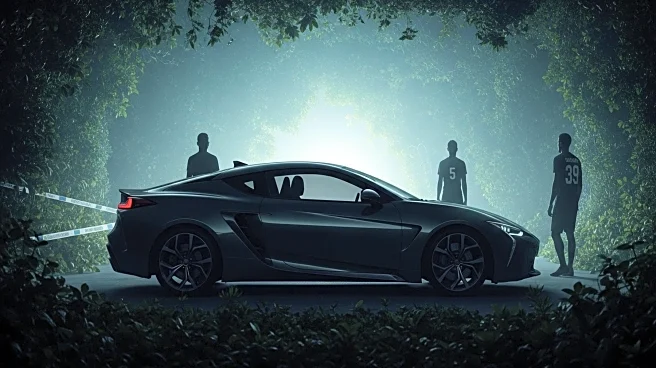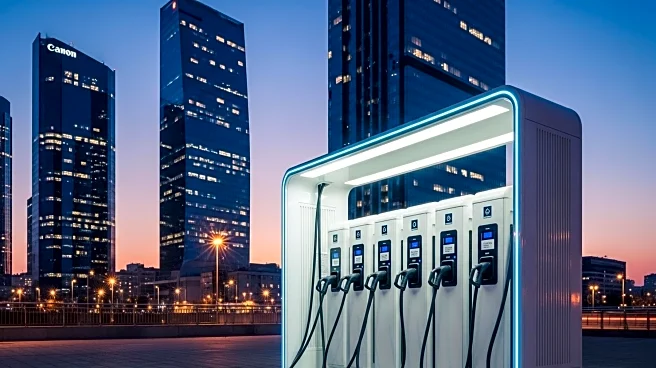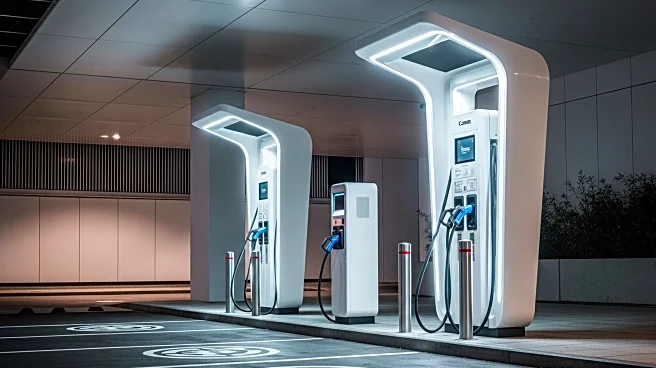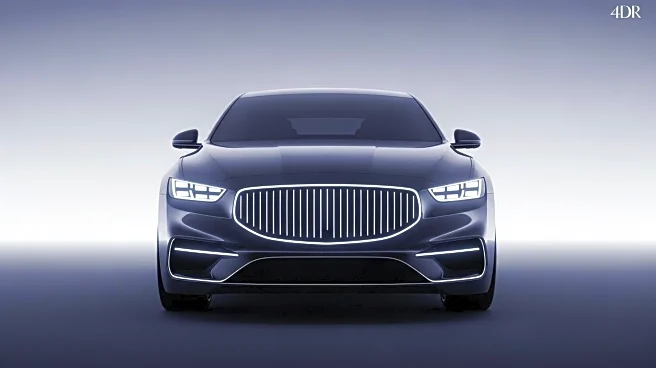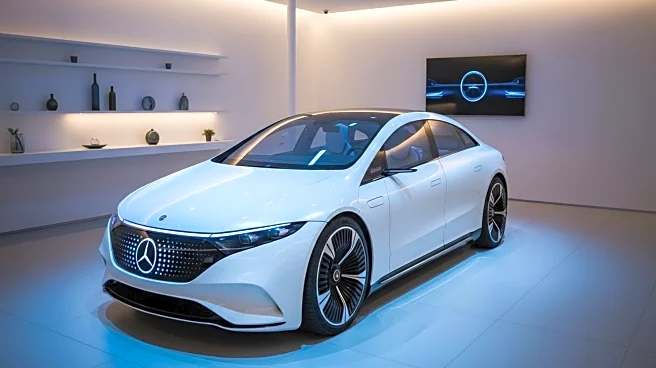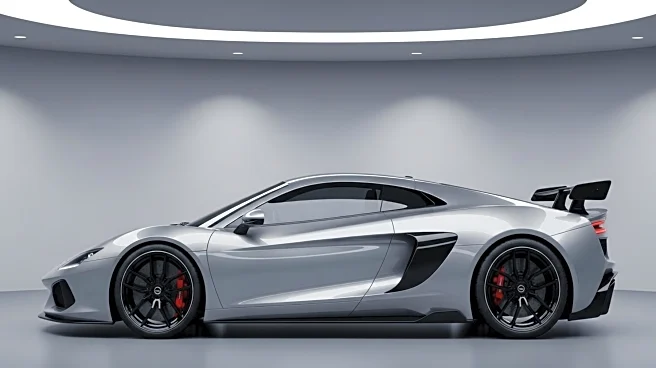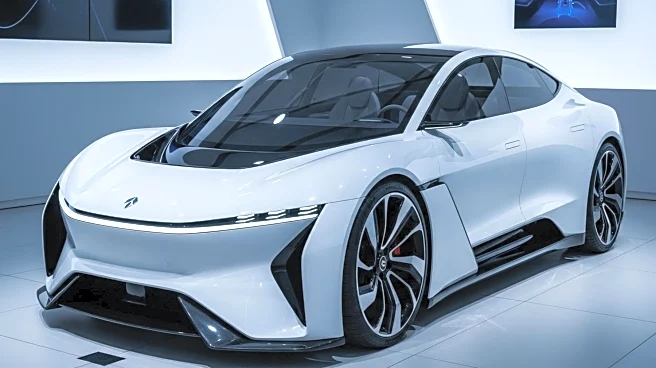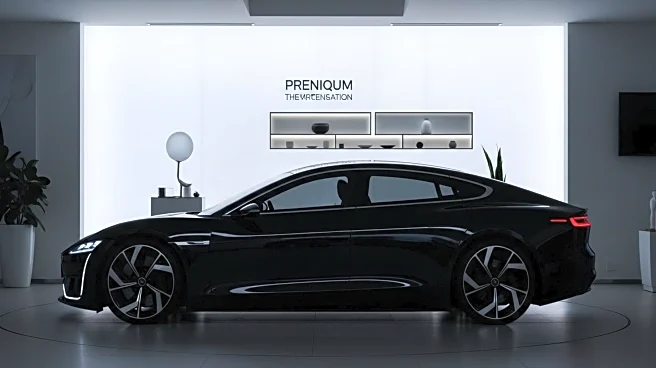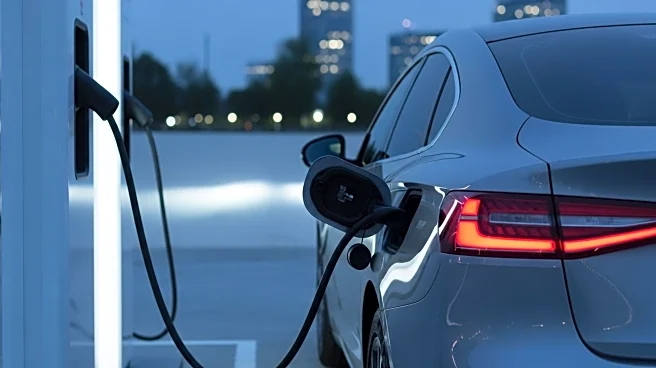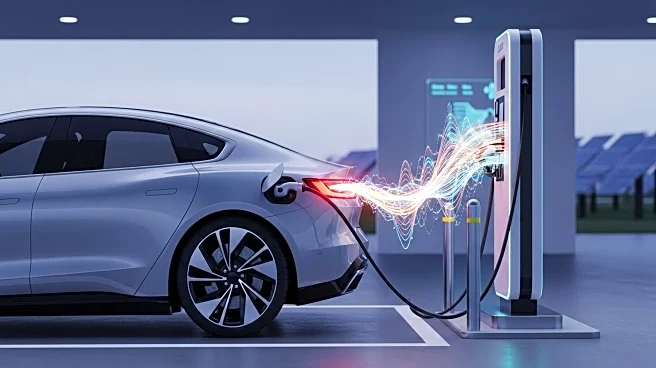What's Happening?
Mercedes, through its AMG division, is confident in its ability to produce electric sports cars that evoke strong emotional responses from drivers. Despite skepticism from traditionalists who favor internal combustion engines, Mercedes plans to leverage its extensive experience with gas-powered vehicles to develop high-performance electric vehicles. The company is hiring sound engineers to replicate the iconic V-8 soundtrack and is working on simulated gearshifts to enhance the driving experience. Mercedes is also developing a new V-8 engine to comply with future emissions standards, ensuring its availability in regions with less stringent regulations.
Why It's Important?
Mercedes' commitment to creating emotionally engaging electric sports cars represents a significant step in the automotive industry's transition towards electrification. By addressing the emotional aspects of driving, Mercedes aims to attract traditional sports car enthusiasts to its electric offerings. This strategy could help Mercedes maintain its competitive edge as emissions regulations tighten globally. The development of a new V-8 engine also highlights the company's efforts to balance innovation with customer preferences, ensuring it can cater to diverse markets and regulatory environments.
What's Next?
Mercedes will continue to refine its electric sports car technology, focusing on enhancing the driving experience through sound and performance innovations. The company may face challenges in convincing traditionalists to embrace electric vehicles, but its efforts to replicate the emotional connection of gas-powered cars could prove successful. As emissions regulations evolve, Mercedes will need to adapt its strategies to ensure compliance while maintaining its brand identity.
Beyond the Headlines
The shift towards electric sports cars could influence broader industry trends, encouraging other manufacturers to explore similar innovations. Mercedes' approach to combining emotional engagement with technological advancements may set a precedent for future electric vehicle designs, potentially reshaping consumer expectations and preferences.

